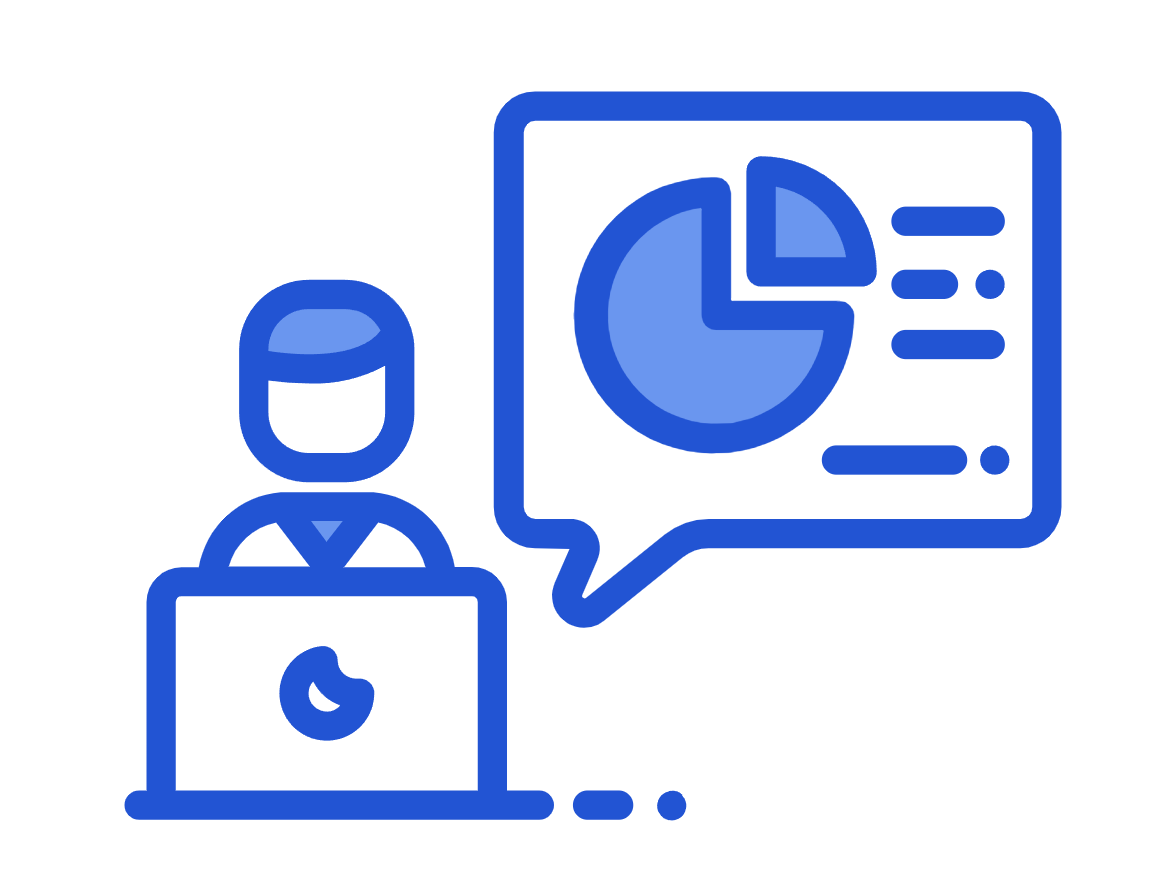
The Importance of Data in Presentations
Data is not optional—it is essential! When it comes to presentations, data plays a critical role in building credibility, conveying insights, and influencing decisions. Whether you’re pitching to investors, reporting performance metrics to stakeholders, or training a team, integrating data into presentations adds depth, clarity, and authority to your message.
Data provides evidence. In any presentation, claims without backing are just opinions. Data transforms statements into facts. For example, saying “Our marketing campaign was successful” may sound confident, but showing that the campaign led to a 30% increase in sales proves the point convincingly. Audiences are more likely to trust and be persuaded by a presenter who uses data to support their arguments.
Data simplifies complicated topics. Many business challenges involve multiple variables and moving parts. Data can help distill these complexities into easy-to-grasp visuals—charts, graphs, and tables—that make the message easier to understand. For instance, a revenue breakdown by region over time can be quickly grasped through a line or bar chart. When structured well, data visualizations can turn dense information into intuitive insights, making it easier for audiences to follow the narrative.
Data allows for storytelling with impact. The best presentations, the ones that move the audience, tell compelling stories. Data gives that story structure and purpose. Instead of presenting raw numbers in isolation, weaving data into a narrative helps audiences understand not just what is happening, but why it matters. For example, a presentation on customer churn can walk the audience through data trends, root causes, and actions taken, guiding them on a journey from problem to solution.
Data is critical for decision-making. Business leaders rely on data to inform their choices. A well-crafted, data-driven presentation allows them to assess risks, compare options, and measure performance. If the data is timely, accurate, and relevant, it becomes a powerful decision-making tool. It removes guesswork and provides a shared basis for evaluating outcomes.
Additionally, the use of data in presentations reflects professionalism and preparedness. Audiences today, especially in business and academia, expect presenters to come armed with quantitative support. A presentation that lacks data may appear vague or unprepared, while one that is grounded in well-presented metrics demonstrates diligence and credibility. It shows the presenter has done their homework and respects the audience’s need for substance.
However, using data effectively requires careful attention. Too much data can overwhelm, while poorly visualized data can confuse. The key is to curate and highlight only the most relevant information, and to present it in a clear, visually appealing format. Choosing the right chart type, maintaining consistency, and avoiding clutter are essential best practices.
In conclusion, data is the backbone of effective presentations. It enhances credibility, improves understanding, supports storytelling, drives decisions, and signals professionalism. In an age where audiences are more analytical and results-oriented than ever, a presentation without data is a missed opportunity to inform and inspire.